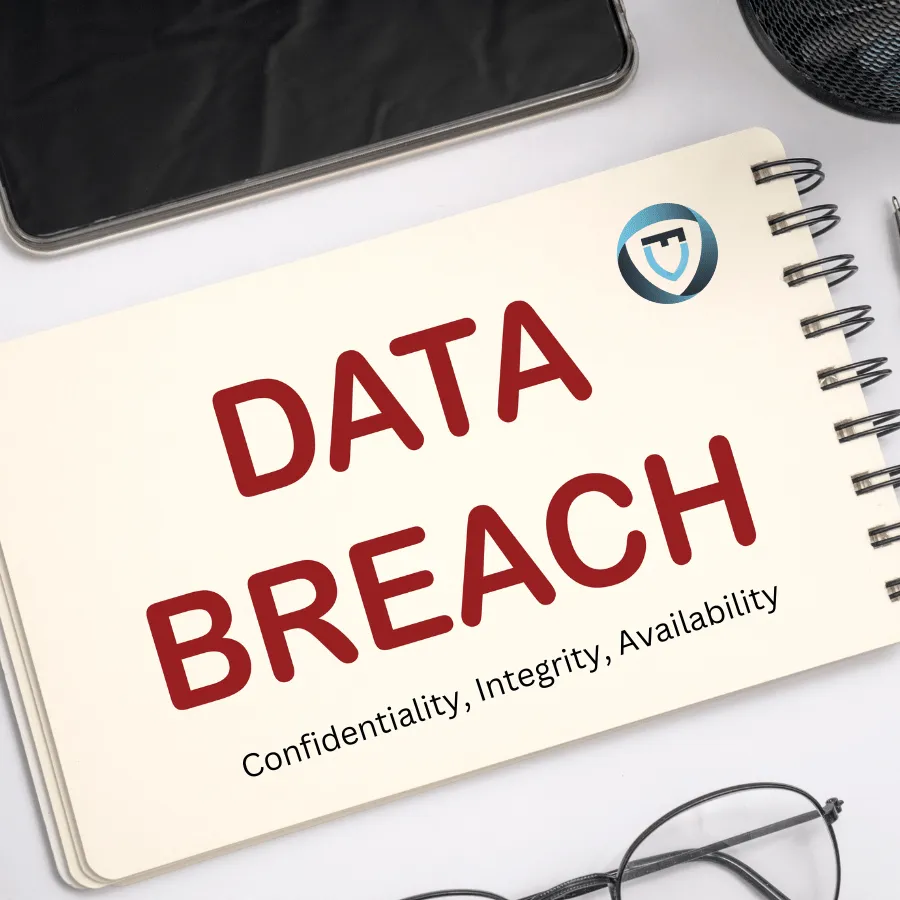Introduction
Today, organisations face an ever-present threat: data breaches. Building a robust internal data breach response team is essential for mitigating the impact of breaches, safeguarding sensitive information, and ensuring compliance with data protection regulations. To achieve an adequate response, assembling a team with essential personnel and departments is crucial to establishing a transparent data breach response process. This article will explore how to create such a team and outline the responsibilities of communicating with data protection authorities.
Building Your Internal Data Breach Response Team
- Identify Key Objectives and RolesBefore forming your response team, establish clear objectives and roles. Determine the primary goals, including minimising data exposure, complying with data protection regulations, and preserving the organisation’s reputation. Assign specific responsibilities based on team members’ expertise and skills.
- Core Team Membersa. Data Protection Officer (DPO): In organisations subject to regulations like GDPR, the DPO is a crucial team member. They oversee data protection efforts, ensuring compliance with privacy laws and facilitating communication with authorities.
b. IT Security Professionals: IT experts are essential for assessing technical aspects of the breach, containing the incident, and implementing cybersecurity measures to prevent further damage.
c. Legal Counsel: Legal expertise is crucial for understanding the legal implications of the breach, managing regulatory compliance, and coordinating communication with data protection authorities.
d. Public Relations and Communications Specialists: Managing the communication around a data breach is vital for reputation management. PR professionals can craft clear, consistent messages for internal and external stakeholders.
e. Human Resources: HR can assist in employee communication and ensure that internal procedures align with the response plan.
- Cross-Functional RepresentationTo ensure a comprehensive response, involve representatives from various departments:
a. IT Operations: Experts in IT operations can help assess technical aspects, identify vulnerabilities, and implement security improvements.
b. Finance: Financial personnel provide insights into the economic impact of the breach and manage financial aspects, including budget allocation for response efforts.
c. Customer Support: Customer support teams promptly address inquiries and concerns from affected individuals.
d. Business Continuity and Risk Management: These professionals evaluate the overall impact on the organisation and develop strategies for business continuity during and after a breach.
- External ExpertiseI suggest you engage external experts, such as cybersecurity consultants and forensic investigators, to provide impartial assessments and specialised knowledge.
Data Breach Response Process
Your response team should follow a well-defined data breach response process:
- Detection and Assessment: The team identifies and assesses the breach’s scope and impact, determining whether it constitutes a reportable incident under data protection regulations.
- Containment and Mitigation: Immediate actions are taken to contain the breach, minimise further damage, and prevent unauthorised access.
- Notification and Communication: Team members communicate internally and externally as required. This includes notifying affected individuals, regulatory authorities, and other stakeholders.
- Investigation: An investigation is conducted to determine the root cause of the breach and collect evidence for regulatory reporting and potential legal action.
- Remediation: The team works to address the vulnerabilities that led to the breach and implement measures to prevent similar incidents in the future.
- Documentation and Reporting: Comprehensive records of the breach and response efforts are maintained to demonstrate compliance with data protection regulations.
Communication with Data Protection Authorities
Responsibility for communicating with data protection authorities typically falls to the Data Protection Officer (DPO) or legal counsel. This includes:
- Notifying authorities promptly after becoming aware of the breach, as applicable regulations require.
- Coordinating with authorities to provide necessary information, evidence, and updates throughout the investigation and remediation process.
- Ensuring that the organisation’s response aligns with regulatory requirements and recommendations provided by authorities.
Conclusion
A well-structured internal data breach response team with comprehensive representation and a straightforward response process is essential for effective breach management and compliance with data protection regulations. By assembling the right team members and establishing well-defined roles and responsibilities, organisations can minimise the impact of breaches, protect sensitive data, and maintain the trust of stakeholders. Also, clear communication with data protection authorities is crucial to ensure it complies with the response process.

